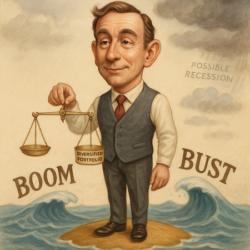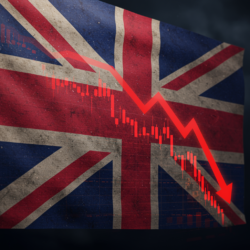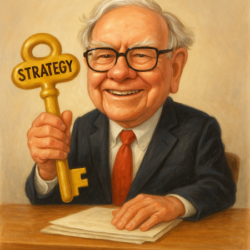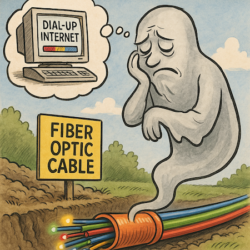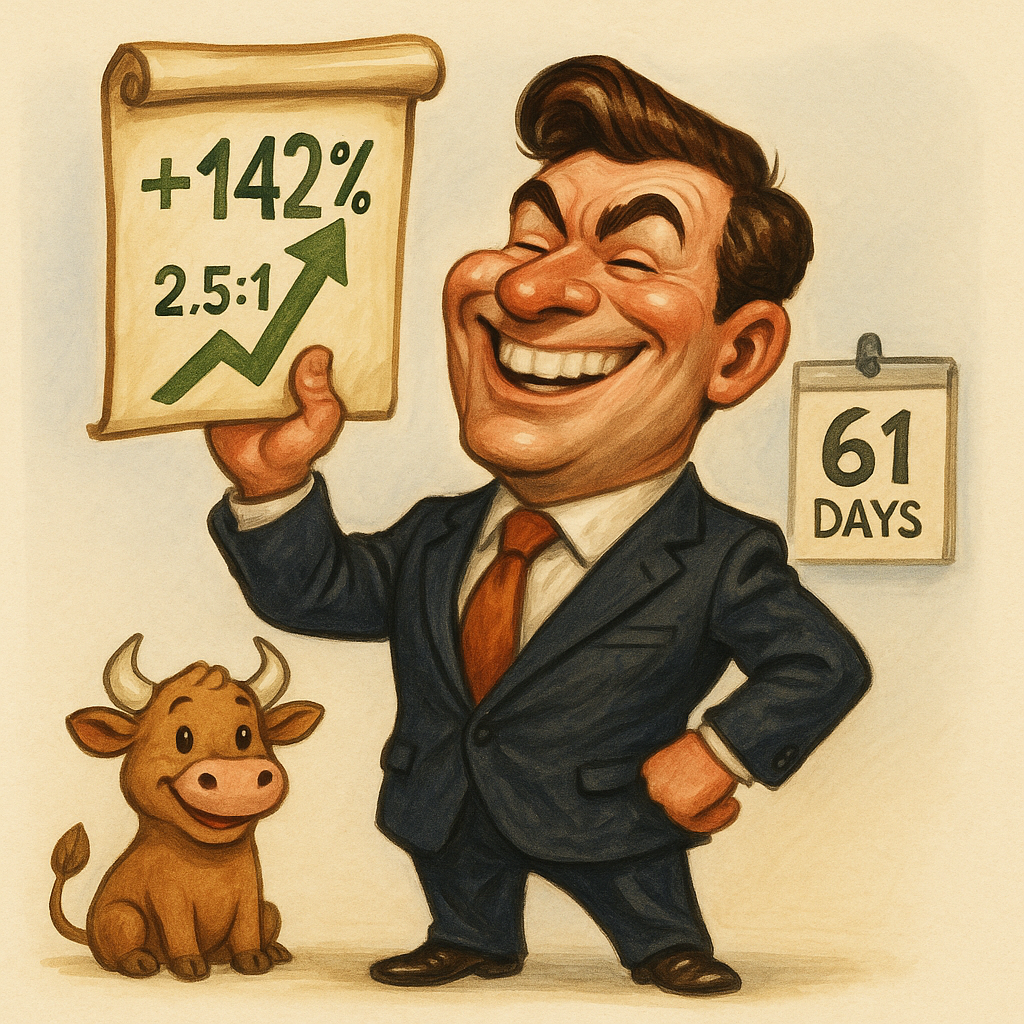 Forty-two closed winning trades since December 2023…
Forty-two closed winning trades since December 2023…
At an average closed gain of 142%.
Seventeen closed losing trades… at an average loss of 86%.
That’s a win-loss ratio of about 2.5:1. Any trader would be more than happy with a record like that.
And overall, when you combine the wins and the losses, the average for each trade is a 56% return. Again, a great trading result.
Even better, each trade is only open for an average of 61 days (that’s two months, folks).
We won’t go through the process of converting those numbers to an annualised equivalent gain. There’s no need. The raw numbers stand on their own.
The question you may ask is, ‘What’s involved in getting access to such a service?’
For a start, it’s not crypto – although they are crypto-like gains. And they aren’t from small-cap stocks – although any small-cap investor would be cock-a-hoop with returns like that.
Importantly, while the gains are ‘leveraged’ to stock prices, you don’t need to borrow or take potentially wealth-destroying risks to access them.
We’re talking about options trading.
Now, we know there are a lot of misconceptions about trading options – that it’s super risky, that most options contracts expire worthless, and that folks can lose a lot of money trading them.
Let’s take each of those in turn.
First up, trading options isn’t necessarily risky at all. Or rather, done the right way, it doesn’t have to be any riskier than buying or selling stocks.
You see, when you buy a call or put option, the maximum you can lose is the money you invest (called the premium). It means when buying call or put options, you’ll never get a margin call, because you must pay the premium in full upfront.
But because of the way options work, if the stock price moves the right way, you get to benefit from that move, often to a greater extent than if you had bought the stock itself – even though you’ve only staked a small amount.
It’s why you see those big gains we listed above. The downside is that if the stock (and therefore, the options price) moves against you, you lose – hence the losses above.
But again, while these losses may seem big in percentage terms, in dollar terms (we say ‘dollar’ because we’re trading US stock options), the amounts are relatively small – on average, a few hundred dollars.
Second, it’s true that most options expire worthless. But for the most part, that’s by design. Not every options trader trades options for profit. Most options trades are for hedging strategies – to offset or hedge gains or losses on a stock or index portfolio.
That’s not the primary strategy we’ll use in the options service we’re due to launch in the next couple of weeks. Its primary focus will be to make gains. As we’ve shown with the closed track record of the live US version above.
Although we must, of course, remind you that past performance shouldn’t be used as a guide for future performance. There are no guarantees that such gains will continue.
Finally, that brings us to the idea that traders lose a lot from trading options. We’ll be blunt here. Only the fools lose a lot. The real beauty of buying call and put options is you only need to stake relatively small amounts – often only a few hundred dollars per trade.
The mistake novice traders make is they try to magnify the gains by magnifying the stake. That is, if they normally invest $10,000 in a stock, they’ll buy $10,000 of options in a single trade. Madness!
By contrast, the experienced trader will calculate they only need to buy what could be the equivalent of $150 or $300 or so. Meanwhile, they keep the remainder of the $10,000 in the bank or in their regular stock portfolio.
If you have prior experience trading options, you’ll know what we mean. You may even have made mistakes and (hopefully) learned from them.
If what we’ve explained above has put you off the idea, that’s OK too. If it’s not your thing, you shouldn’t do it ‘just to be cool’.
But if the whole thing sounds somewhat intriguing, here’s the good news. We’ll share more details over the next week or so on how you can take part. We’ll share learning guides and show you examples.
If you do decide to take part in this new service, our advice would be to ‘paper trade’ the first couple of trades, just to see how it works. Once you’re ready, just trade the minimum trade size of one contract – regardless of how much you can afford – and then take it from there.
Look, we’re getting ahead of ourselves here, we haven’t even launched the thing yet. But know this, your publisher has been in the financial publishing industry for two decades. We’ve seen a lot of options traders ply their trade during that time.
The track record of the service we’re about to launch is up there with the best we’ve seen. No kidding.
Cheers,

Kris Sayce
Editor & Publisher, Investor’s Daily
What you may have missed…
What Happens Next
It’s not hard for us to imagine what might happen if Donald Trump were to have direct control of Fed policy. He’s already said the Fed should cut rates by 300 basis points. Read more here…
Is Rachael Reeves about to “Brown Bottom” bitcoin?
In 1999, Gordon Brown sold Britain’s gold at the lowest point in a generation. Now Chancellor Reeves is reportedly weighing the same kind of move—only this time, it’s bitcoin. With 61,000 BTC on the books, is the UK government about to fumble the future of finance again? Read more here…
Will AI be hoisted by its own petard?
What proportion of advertising you see is actually relevant to you? How would the world change if every ad you saw were customised to suit you personally? Not just what you want to buy…But how you want to be advertised to, too? Read more here…
Elon’s New Political Party Will Fail
By now, you’ve read about Elon Musk’s plans to form a third party and run candidates against Republicans and Democrats in the next presidential election in 2028 and perhaps even as soon as the mid-term elections in 2026. The name of the new party is the America Party. Running a third-party campaign is far from easy. Read more here…
The Next OpenAI is Tokenized
It’s 1991. I’m sitting in a computer lab, staring at a blinking cursor on a black screen. The “Internet” exists, technically, but there’s no web browser. No Google. No Facebook. No TikTok with people dancing while promoting fake finance courses. Just a few nerds, like me, connected by TCP/IP, typing commands like telnet and ftp into the void, hoping someone else is out there. Read more here…
